44 density labels units
Density Calculator Below is a table of units in which density is commonly expressed, as well as the densities of some common materials. Common Density Units. Unit: kg/m 3: kilogram/cubic meter: SI Unit: kilogram/cubic centimeter: 1,000,000: gram/cubic meter [g/m 3] 0.001: gram/cubic centimeter: 1000: kilogram/liter [kg/L] 1000: Density of Plastics Material: Technical Properties Table Density measures the mass per unit volume. It is calculated by dividing the mass of the material by the volume and is normally expressed in g/cm 3. The density of a plastic sample may change due to change in crystallinity, loss of plasticizers, absorption of solvent, etc. It is important to note that density varies with temperature.
Water Density | U.S. Geological Survey - USGS.gov A common unit of measurement for water's density is gram per milliliter (1 g/ml) or 1 gram per cubic centimeter (1 g/cm 3 ). Actually, the exact density of water is not really 1 g/ml, but rather a bit less (very, very little less), at 0.9998395 g/ml at 4.0° Celsius (39.2° Fahrenheit). The rounded value of 1 g/ml is what you'll most often see ...
Density labels units
Density Formula, Units & Examples | How to Find Density - Study.com Step 1) Measure the mass of an object using a scale. Step 2) Determine the volume of the object either with L x w x h or volume displacement method. step 3) Divide the mass by the volume to ... What is the label for density? - Answers Whats a density label? grams per liter or grams per milliliter/centimeters cubed (mL = cm3) g/L or g/mL or g/cn3. This label is used to reflect that density is a measure of both mass and volume in... How to Calculate Density - Worked Example Problem Density is the measurement of the amount of mass per unit of volume. In order to calculate density, you need to know the mass and volume of the item. The formula for density is: density = mass/volume The mass is usually the easy part while finding volume can be tricky.
Density labels units. Controlling Data Labels and Number Formats in Charts and Tables By default, Zebra BI automatically sets data label density based on chart width, number format, deviations, etc. But you can use different options like Full, First, First and last, Min and Max, etc., depending on the message you want to point out. Of course, data labels font size and font family can also be adjusted. Calculate the Labeling Density of your Sample - Mirus Bio The Label IT® dye will also contribute to the absorbance at 260 nm, which can be corrected by calculating A base. Use the Correction Factor (C.F. 260) values from Table 1 to calculate A base. Abase = A260 - (Adye * C.F.260) Note: C.F.260 is a constant value determined by dividing the absorbance of the free Label IT® dye at 260 nm with that at λmax. Specify a minimum feature size for labeling—ArcGIS Pro - Esri A way to control label density in an area is to reduce the number of small features that are being labeled. ... For polygon labeling, the value is specified as the length of the polygon perimeter or the area in map units or in page units—millimeters, inches, or points. In the image below, the minimum feature size was set to 300 square ... Correct units are important | Adhesive | Tape | Label | SI units The rest of the units are called derived units. LENGTH (Thickness is "length") microns = 1 x 10 -6 meters mm = millimeter cm = centimeter m = meter mils = 0.001 inch inches MASS gram, g kilogram, kg pound, lb. ounce, oz. Derived units - some seen in previous posts VOLUME µ 3 = cubic microns bcm = billion cubic microns mm 3 cm 3 m 3 = meters 3
Density Conversion - Unit Converter Online Its symbol is ρ (the lower case Greek letter rho). In some cases, density is defined as its weight per unit volume, such as the United States oil and gas industry - that quantity is more specifically called specific weight. The density of a material can be changed by temperature and pressure. Fluid Ounces or Net Weight On Product Labels? - Consolidated Label 1 kilogram (kg) = 1000 grams 1 liter (L) = 1000 milliliters (mL) Customary units, however, are a bit more complicated since they're not based on a system of 1000. 16 ounces (oz) = 1 pound 2000 pounds (lb) = 1 ton 1 gallon (gal) = 4 quarts 1 quart (qt) = 2 pints 1 pint (pt) = 2 cups 1 cup (c) = 8 fluid ounces (fl oz) Histograms and Density Plots - University of Iowa Density Plot Basics. Density plots can be thought of as plots of smoothed histograms. The smoothness is controlled by a bandwidth parameter that is analogous to the histogram binwidth.. Most density plots use a kernel density estimate, but there are other possible strategies; qualitatively the particular strategy rarely matters.. Using base graphics, a density plot of the geyser duration ... geom_density function - RDocumentation geom, stat. Use to override the default connection between geom_density () and stat_density (). bw. The smoothing bandwidth to be used. If numeric, the standard deviation of the smoothing kernel. If character, a rule to choose the bandwidth, as listed in stats::bw.nrd (). adjust.
Unit of Density - Density Definition, SI unit, Solved Examples Unit of Density - Density Definition, SI unit, Solved Examples The density of material shows the denseness of that material in a specific given area. The SI unit of density is kg/m³. For convenience, we use g/cm³ for solids, g/ml for liquids and g/L for gases. Liquid density : chart of 500+ common compounds 1. Data table of density of common liquids The density of a compound is one of the most important data to know in order to engage in Process Engineering Designs. It can be calculated by sampling a volume V of the liquid, then measure the weight m of this volume V of liquid, the density is then m/V. The density depends on the temperature. Labelary Online ZPL Viewer Print Density: Print Quality: Label Size: x. Show Label: (0 = first label, 1 = second label) Total Labels: Remember My Last Label: (stored only in your browser) Edit a ZPL command above to view help for that command. ZPL PNG PDF Multi-Label PDF EPL. Linter Warnings (0): None ... Density of Paper, standard in 285 units of density - Aqua-Calc Density of Paper, standard g ml = 1.2 g/ml Density of Paper, standard g mm3 = 0.0012 g/mm³ Density of Paper, standard kg m3 = 1 201 kg/m³ Density of Paper, standard lb in3 = 0.043 lb/in³ Density of Paper, standard lb ft3 = 74.98 lb/ft³ See density of Paper, standard in hundreds of units of density measurement grouped by weight.
SI Units | NIST The International System of Units (SI), commonly known as the metric system, is the international standard for measurement. The International Treaty of the Meter was signed in Paris on May 20, 1875 by seventeen countries, including the United States and is now celebrated around the globe as World Metrology Day.NIST provides official U.S. representation in the various international bodies ...
Density of Metals, All Common Metal Density Chart & Table PDF The density of common metals such as iron is 7.87 g/cm3, mild steel is 7.85 g/cm3, 304 stainless steel is 8.0 g/cm3, aluminum is 2.7g/cm3, copper is 8.93 g/cm3, gold is 19.3 g/cm3, silver is 10.49 g/cm3, for more metals, please view the metal density chart and table below. Common & Less Common Metal Density Chart / Table
density | Definition, Symbol, Units, Formula, & Facts | Britannica density, mass of a unit volume of a material substance. The formula for density is d = M / V, where d is density, M is mass, and V is volume. Density is commonly expressed in units of grams per cubic centimetre. For example, the density of water is 1 gram per cubic centimetre, and Earth 's density is 5.51 grams per cubic centimetre.
Metals and Alloys - Densities - Engineering ToolBox Density - ρ - (kg/m 3) Actinium: 10070: Admiralty Brass: 8525: Aluminum: 2712: Aluminum - melted: 2560 - 2640: Aluminum alloy - 1100: 2720: Aluminum alloy 2014, annealed: ... imperial and SI units. Metals and Alloys - Melting Temperatures - The melting temperatures for some common metals and alloys. Metals, Metallic Elements and Alloys ...
Calculating Density with Mass vs. Volume Graphs - Study.com Review the definition of density, explore mass vs. volume graphs, and learn more about the processes of comparing density and identifying substances. Updated: 12/22/2021 Create an account
Density Formula - How To Calculate Density - The Calculator Site The formula for calculating density is p = m/V, where p is the density, m is the mass and V is the volume. Density (p) is equal to mass (m) divided by volume (V). As there are three elements to the formula, it can be expressed in other ways depending on which element you want to calculate.
Which of the following are density labels? Kg/L g/m g/mL cm/g g/mL are density labels. Log in for more information. Added 8/17/2019 10:51:47 AM. This answer has been confirmed as correct and helpful. 5. hafsa12341234. Density is calculated by the dividing the mass by the volume, so that density is measured as units of mass/volume, often g/mL. Log in for more information. Added 8/17/2019 11:01:57 AM.
Whats a density label? - Answers Grams per cubic centimeter (g/cm3). This label is used to reflect that density is a measurement of both mass and volume in relation to one another. Whats 90 mg in Ml? It depends on the density of...
Table of Densities of Common Substances - ThoughtCo Density is a measure of the amount of mass contained in a unit of volume. The general trend is that most gases are less dense than liquids, which are in turn less dense than solids, but there are numerous exceptions. For this reason, the table lists density from lowest to highest and includes the state of matter.
How to Calculate Density - Worked Example Problem Density is the measurement of the amount of mass per unit of volume. In order to calculate density, you need to know the mass and volume of the item. The formula for density is: density = mass/volume The mass is usually the easy part while finding volume can be tricky.
What is the label for density? - Answers Whats a density label? grams per liter or grams per milliliter/centimeters cubed (mL = cm3) g/L or g/mL or g/cn3. This label is used to reflect that density is a measure of both mass and volume in...
Density Formula, Units & Examples | How to Find Density - Study.com Step 1) Measure the mass of an object using a scale. Step 2) Determine the volume of the object either with L x w x h or volume displacement method. step 3) Divide the mass by the volume to ...


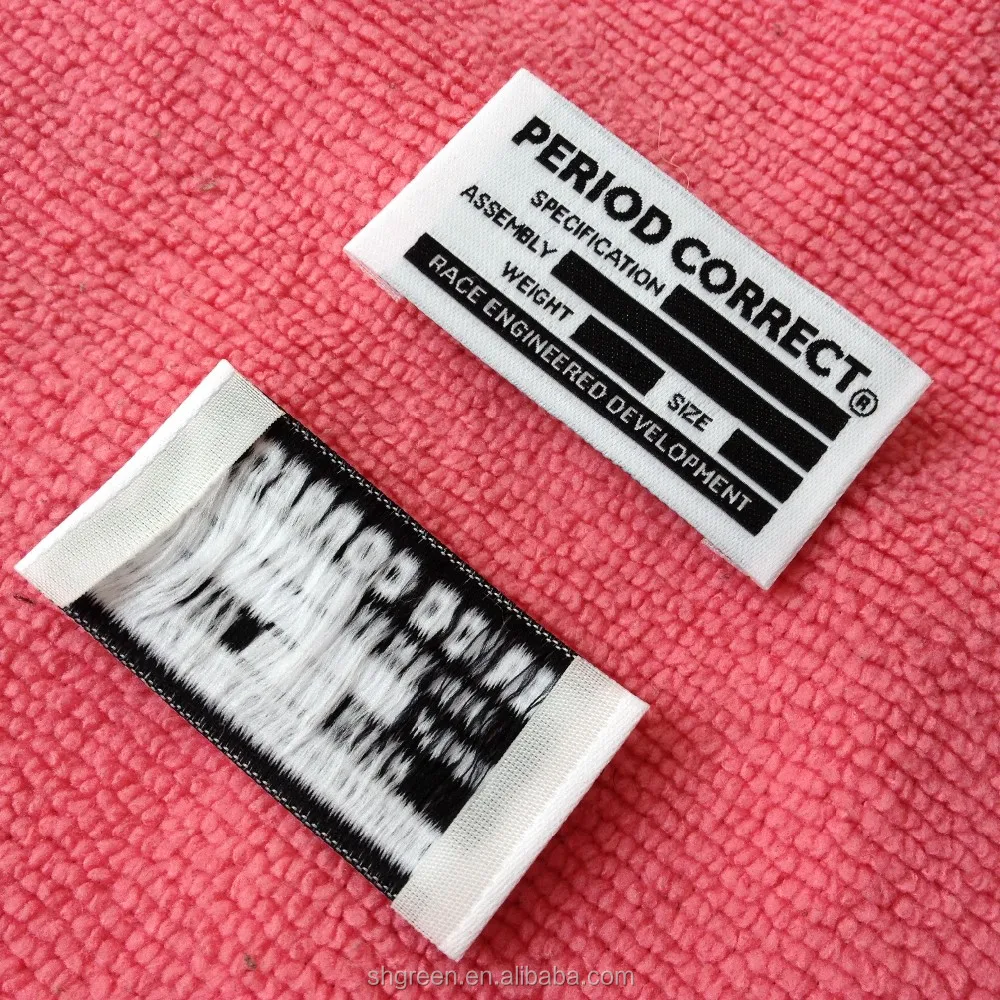


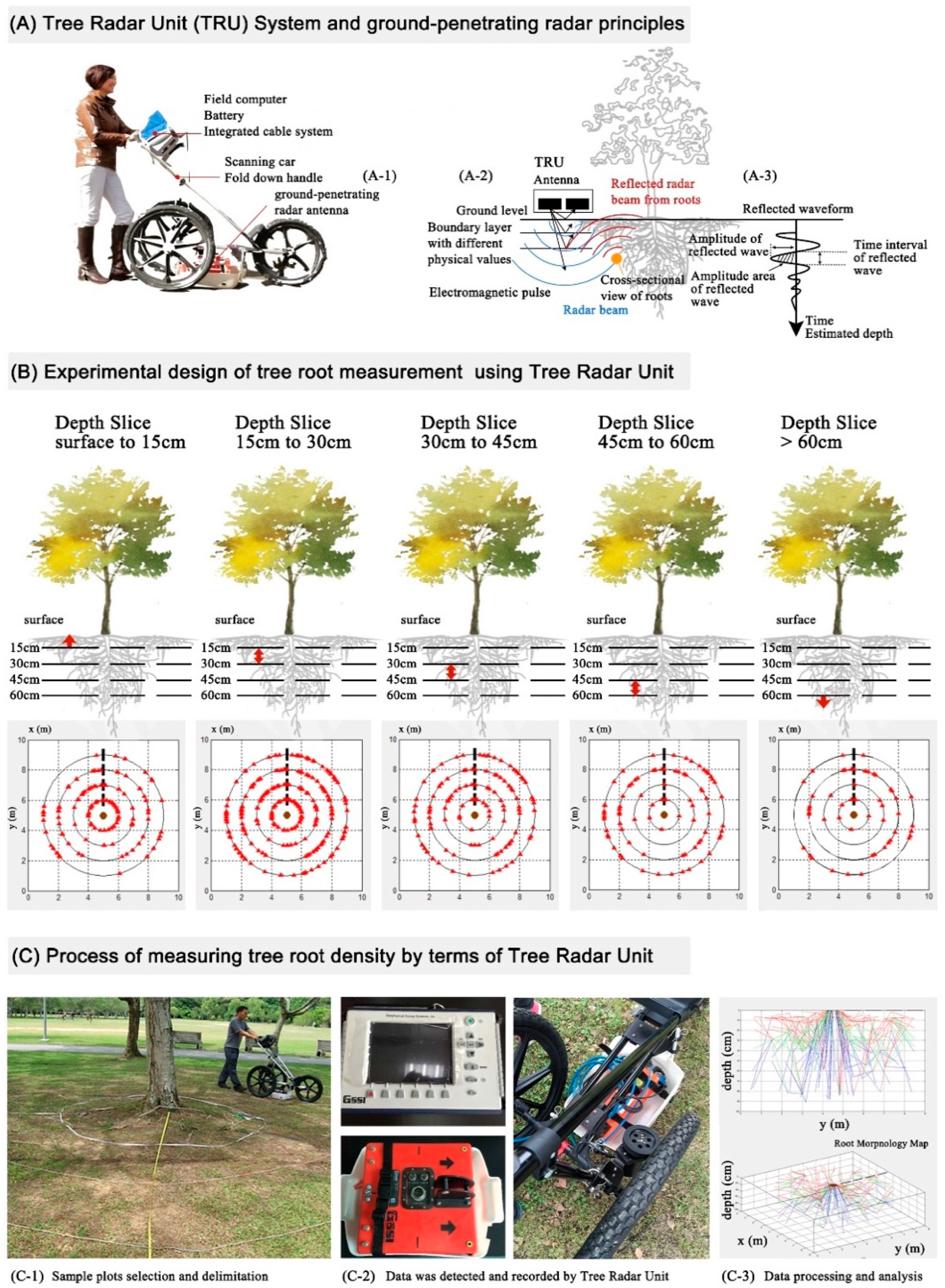
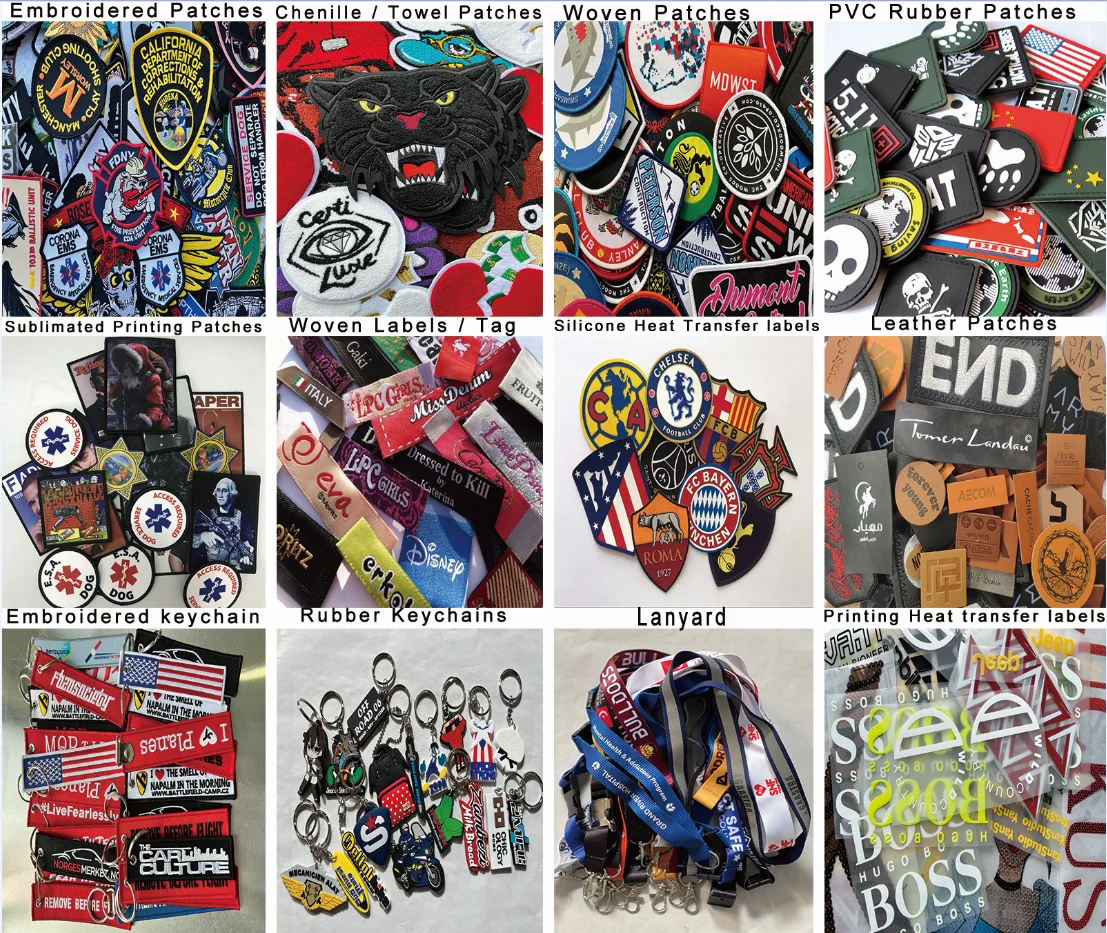

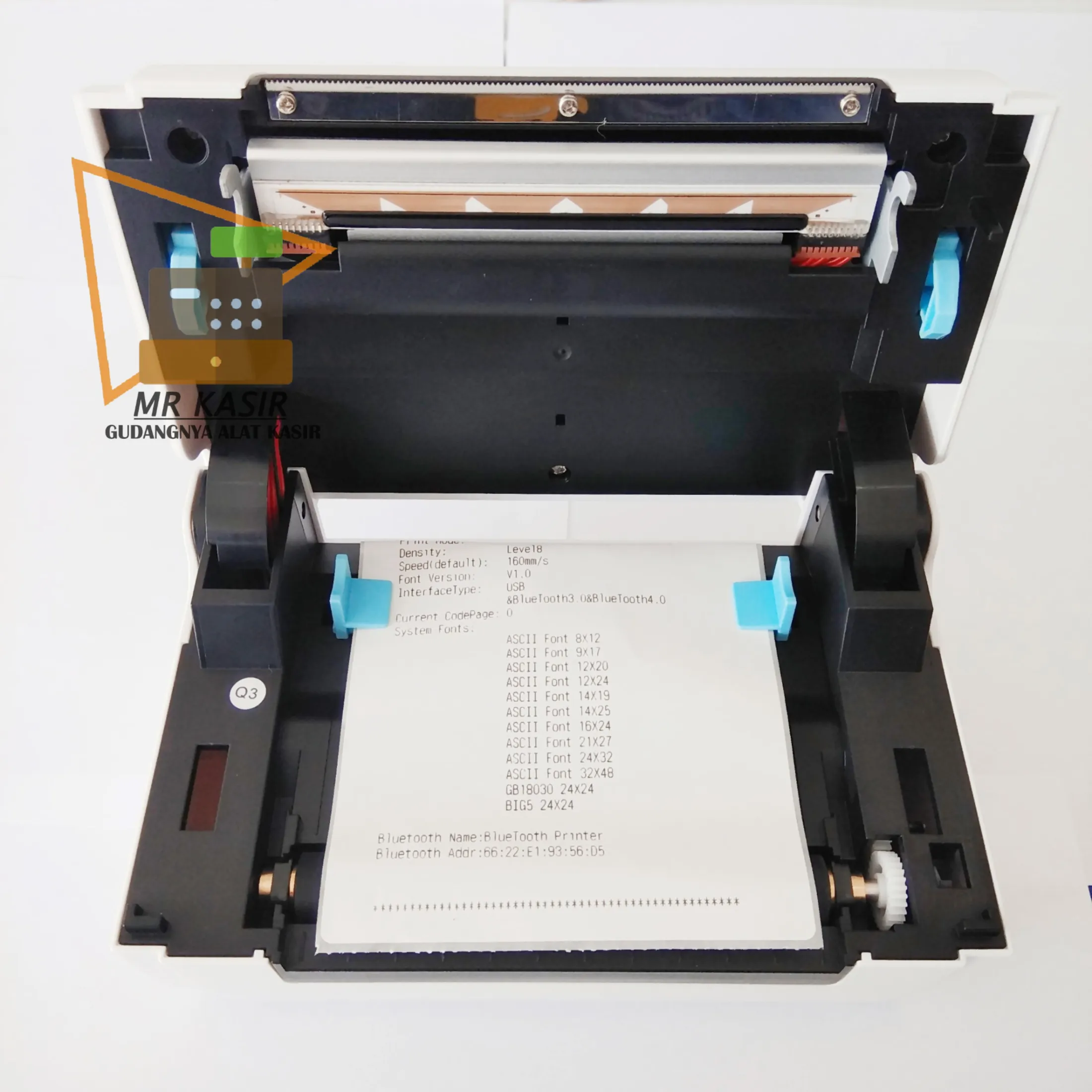
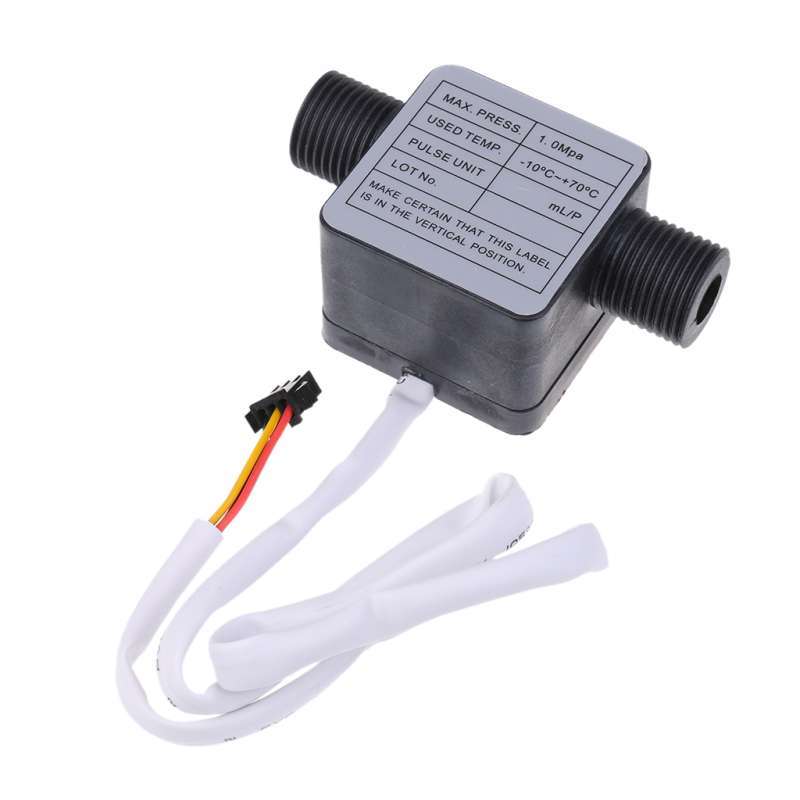
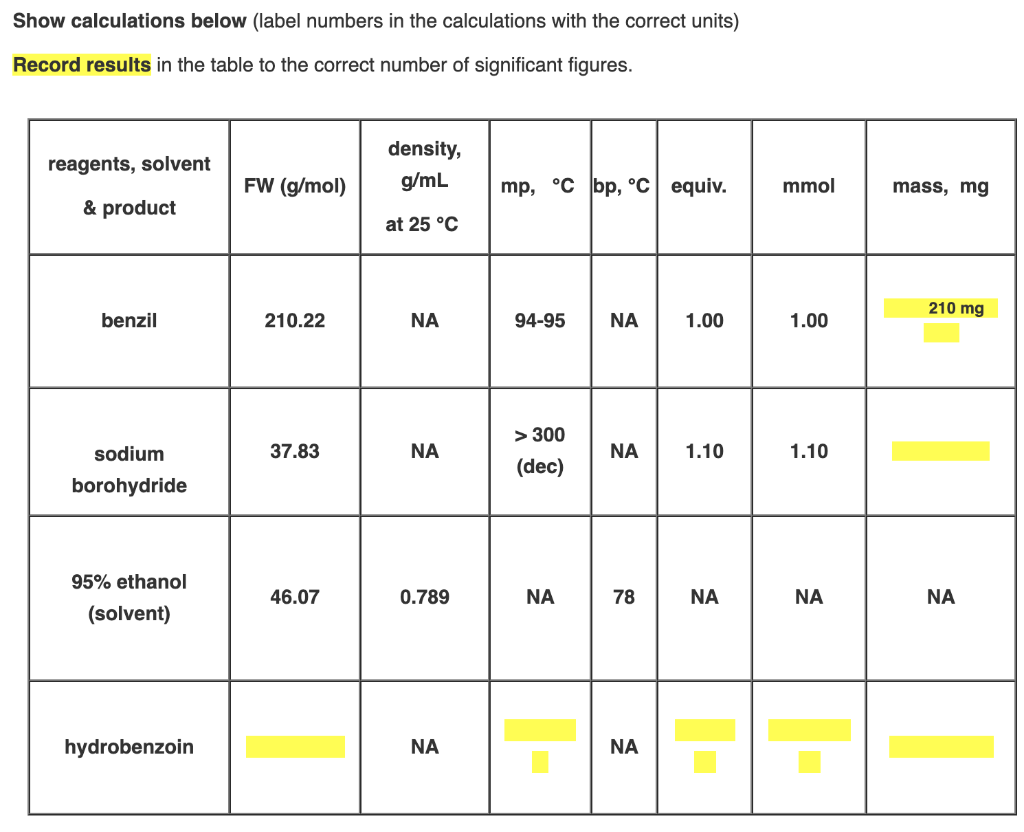
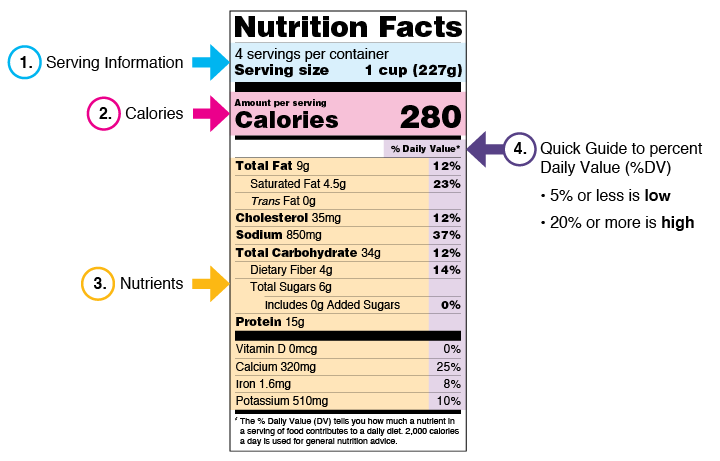

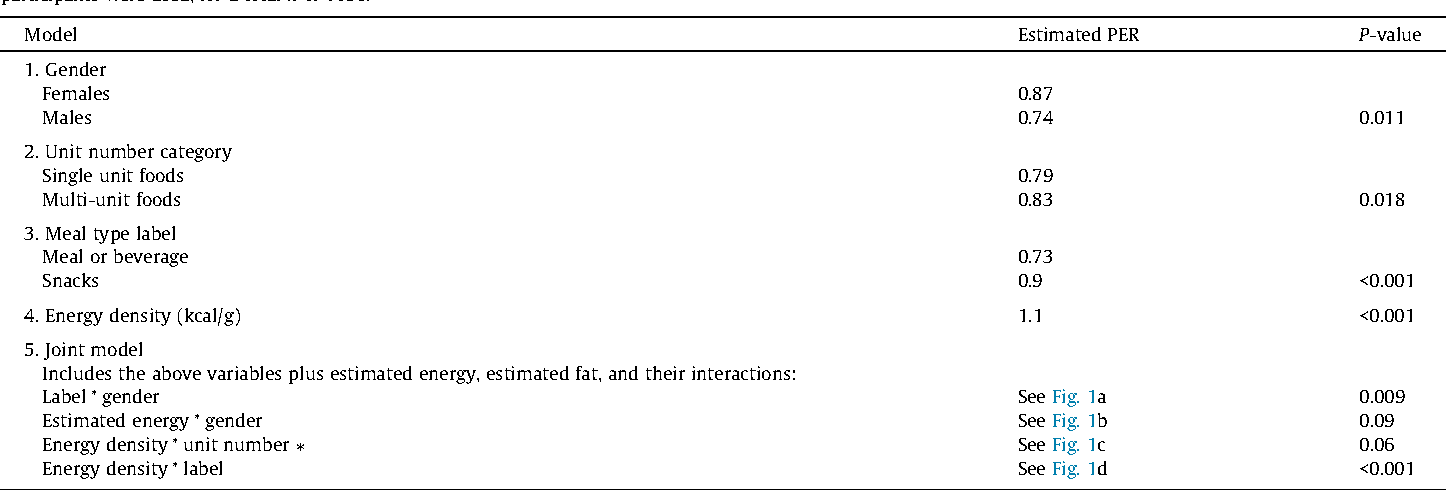
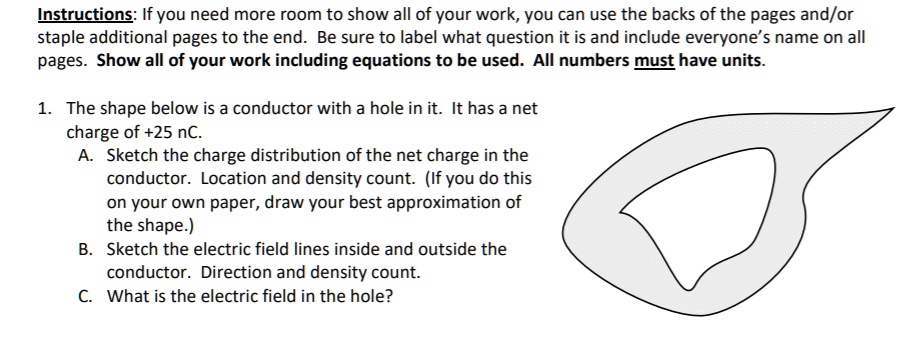
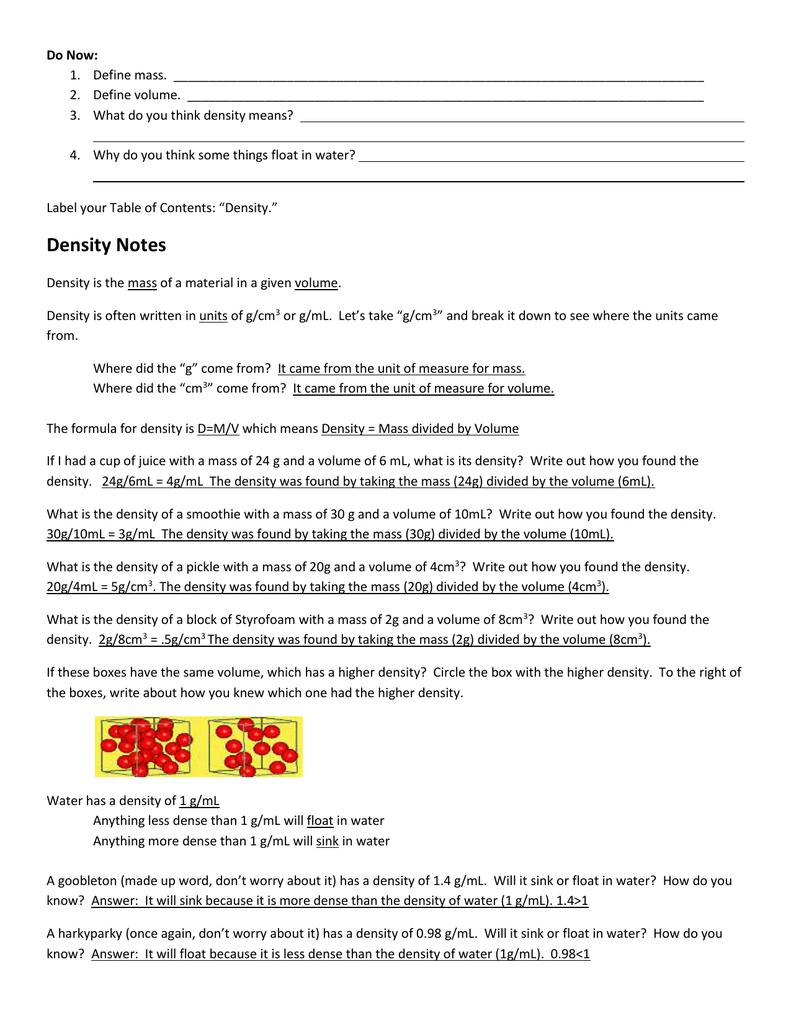


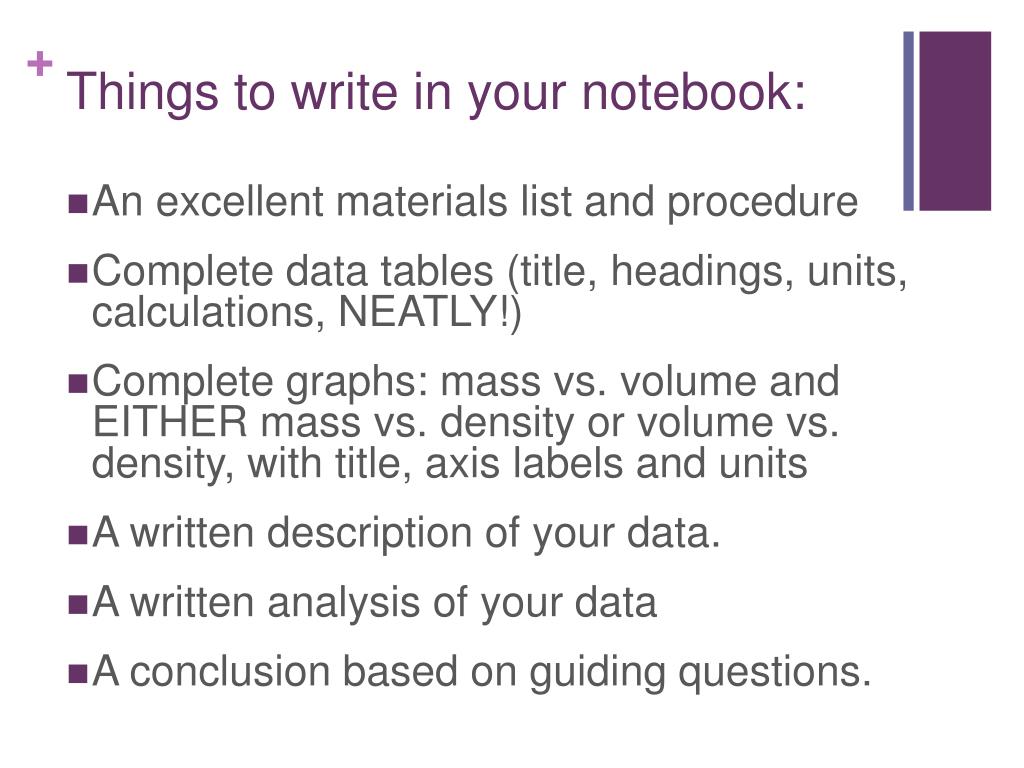

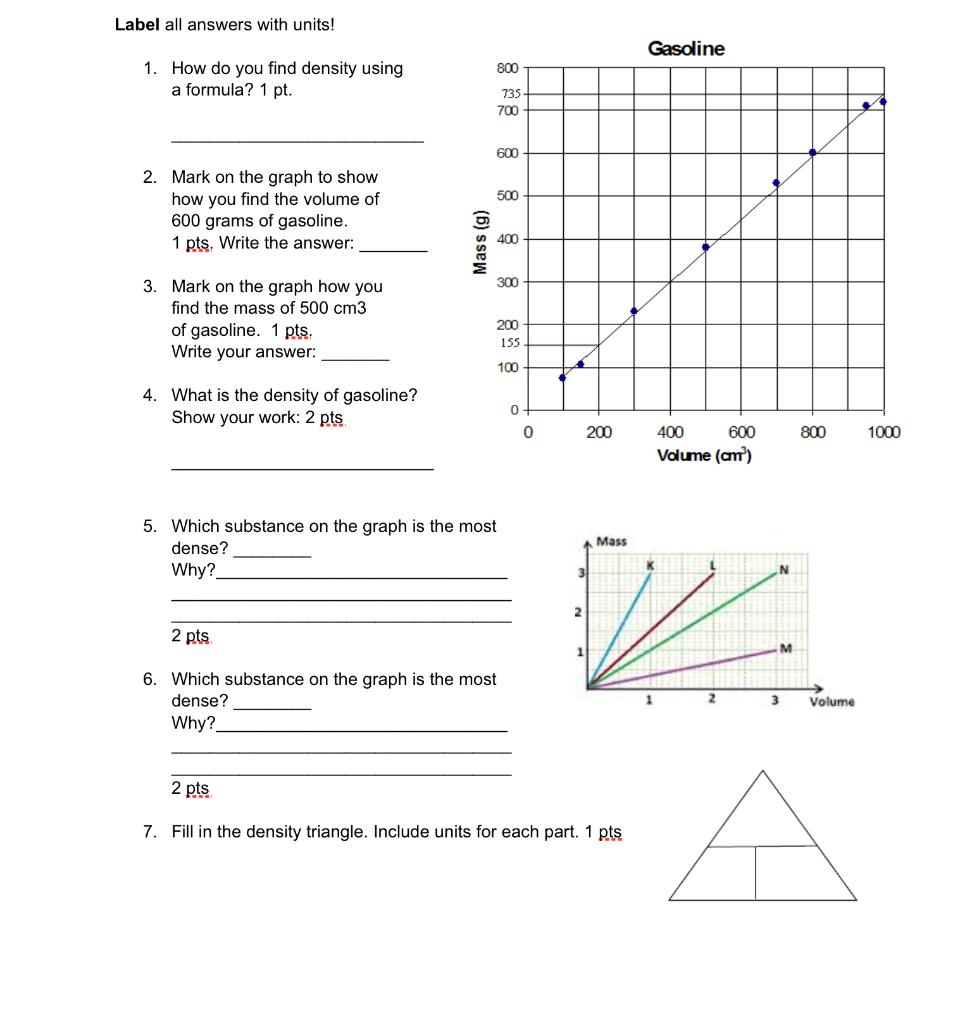
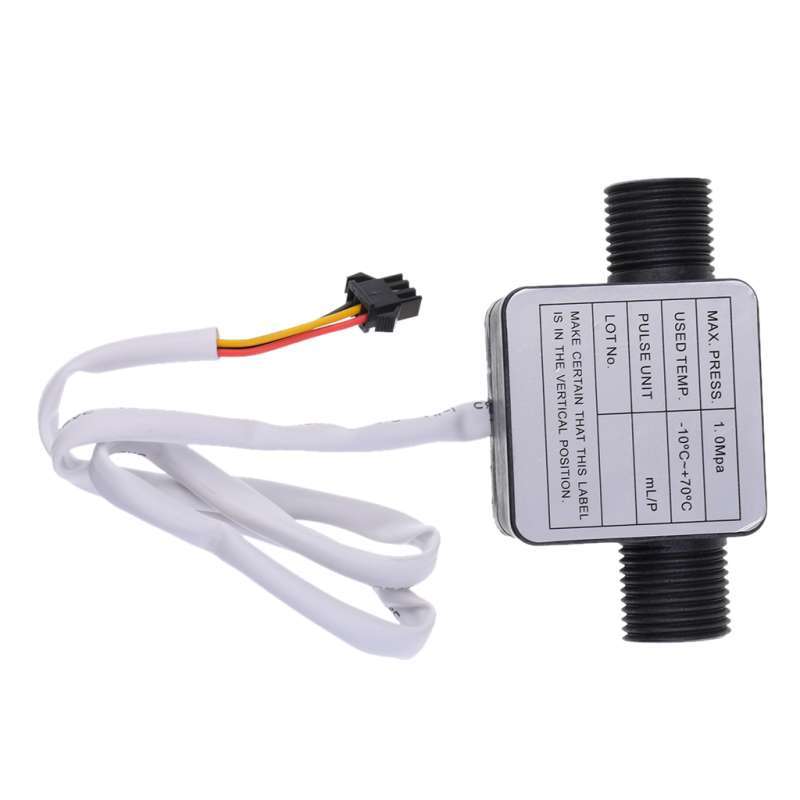


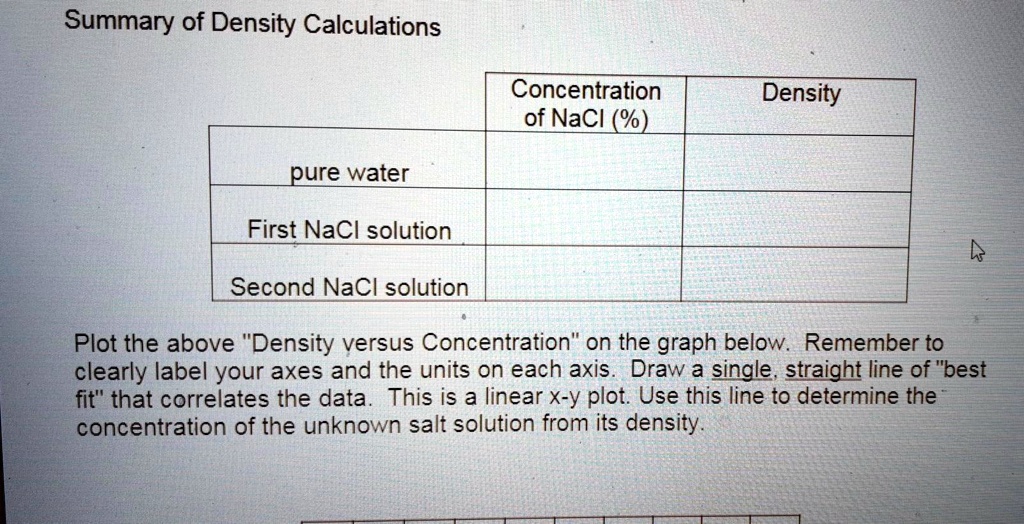
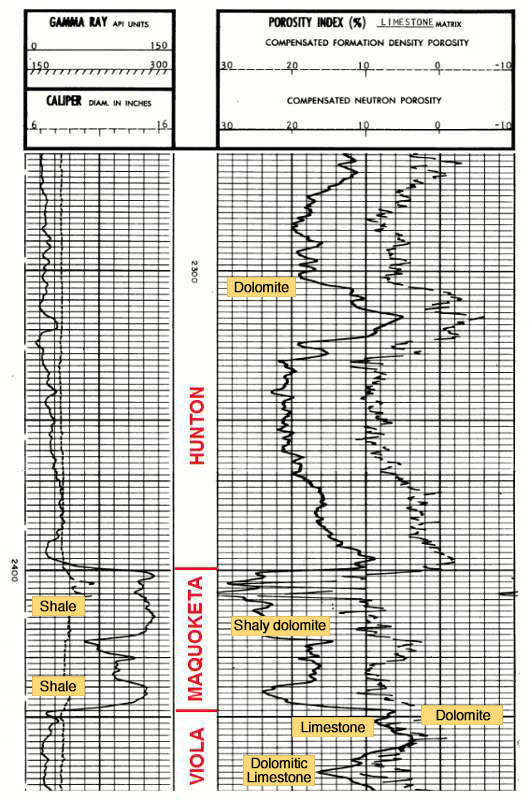
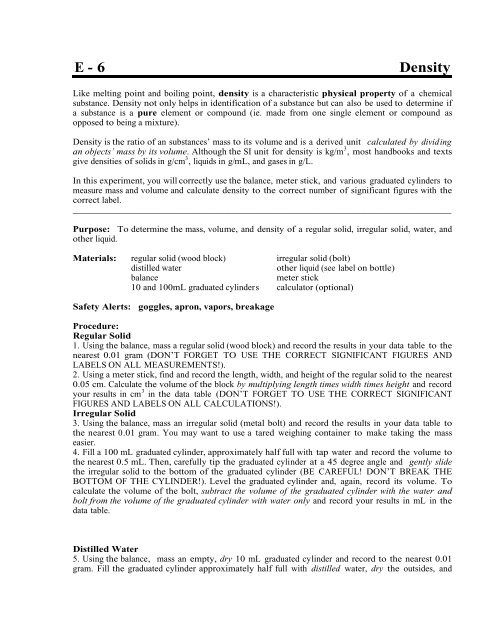


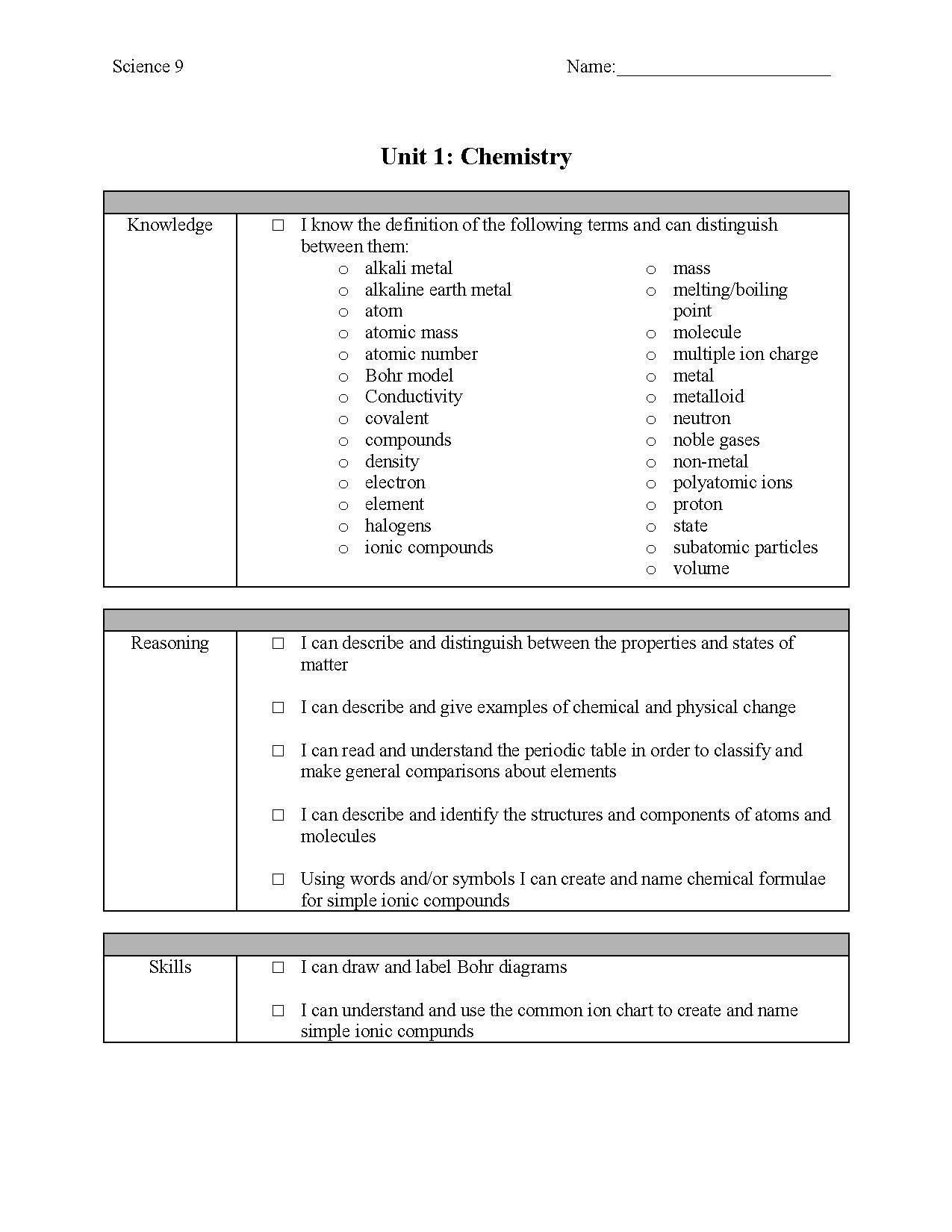
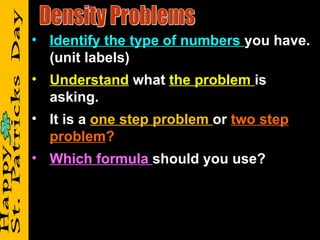

Post a Comment for "44 density labels units"